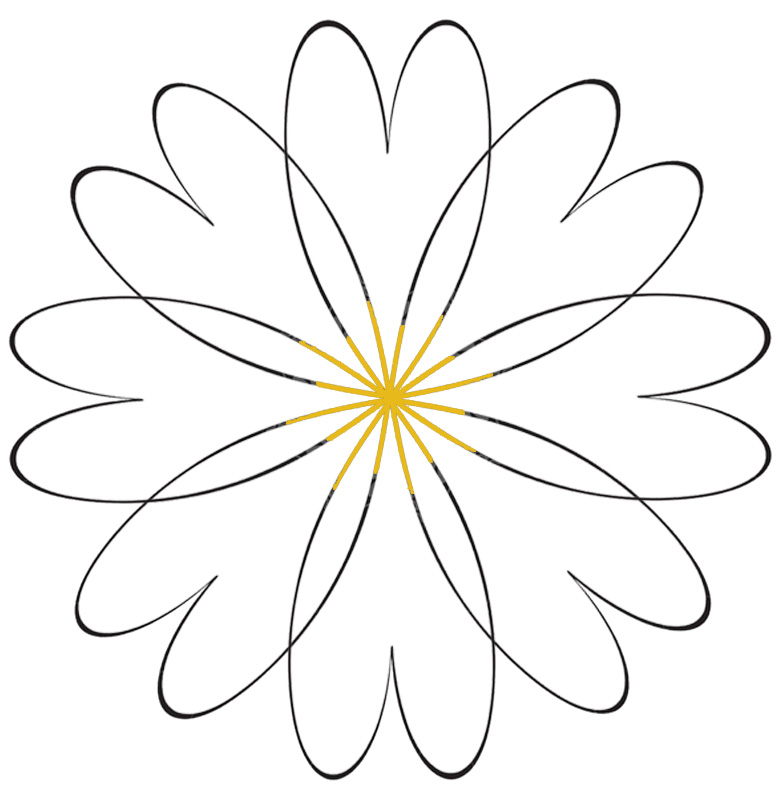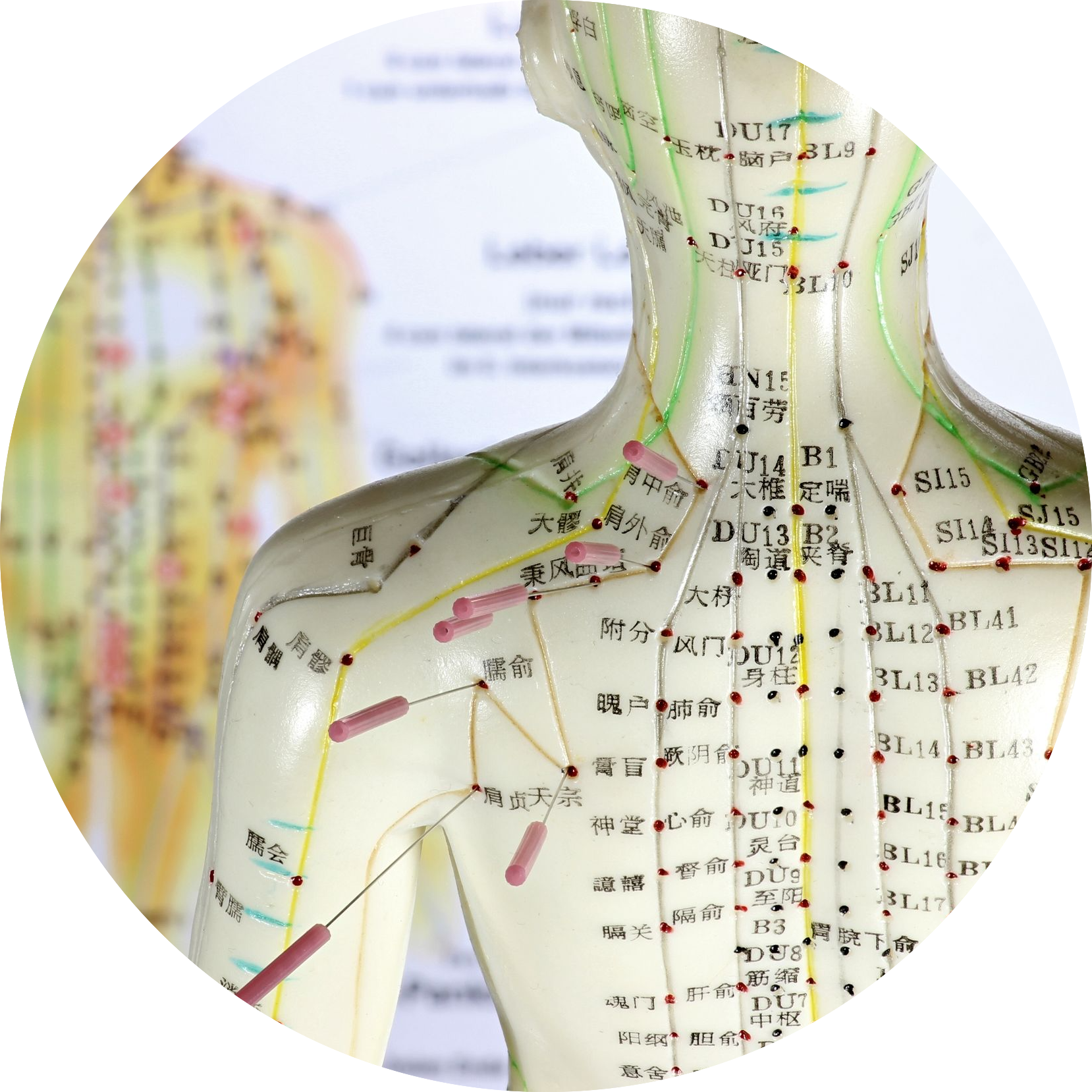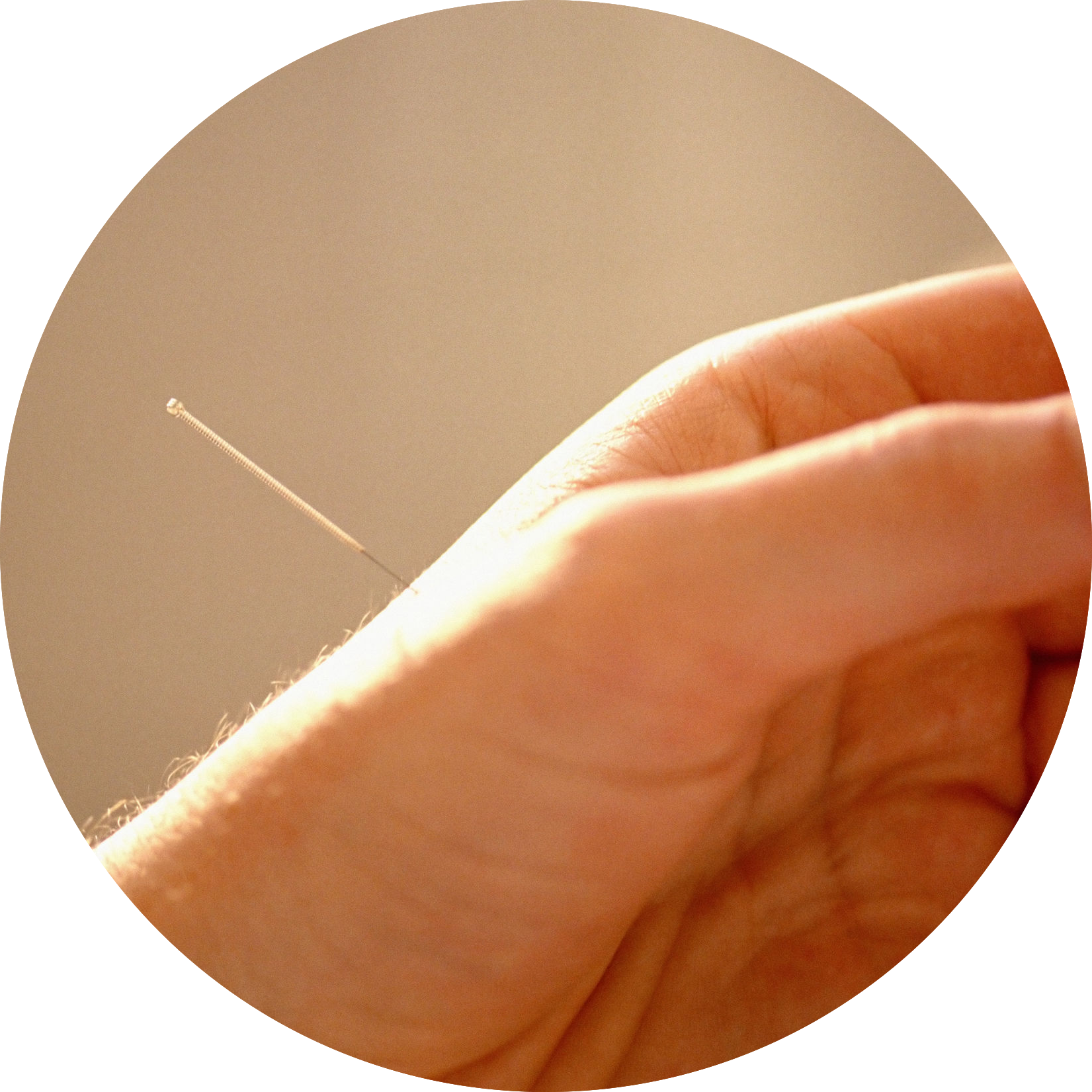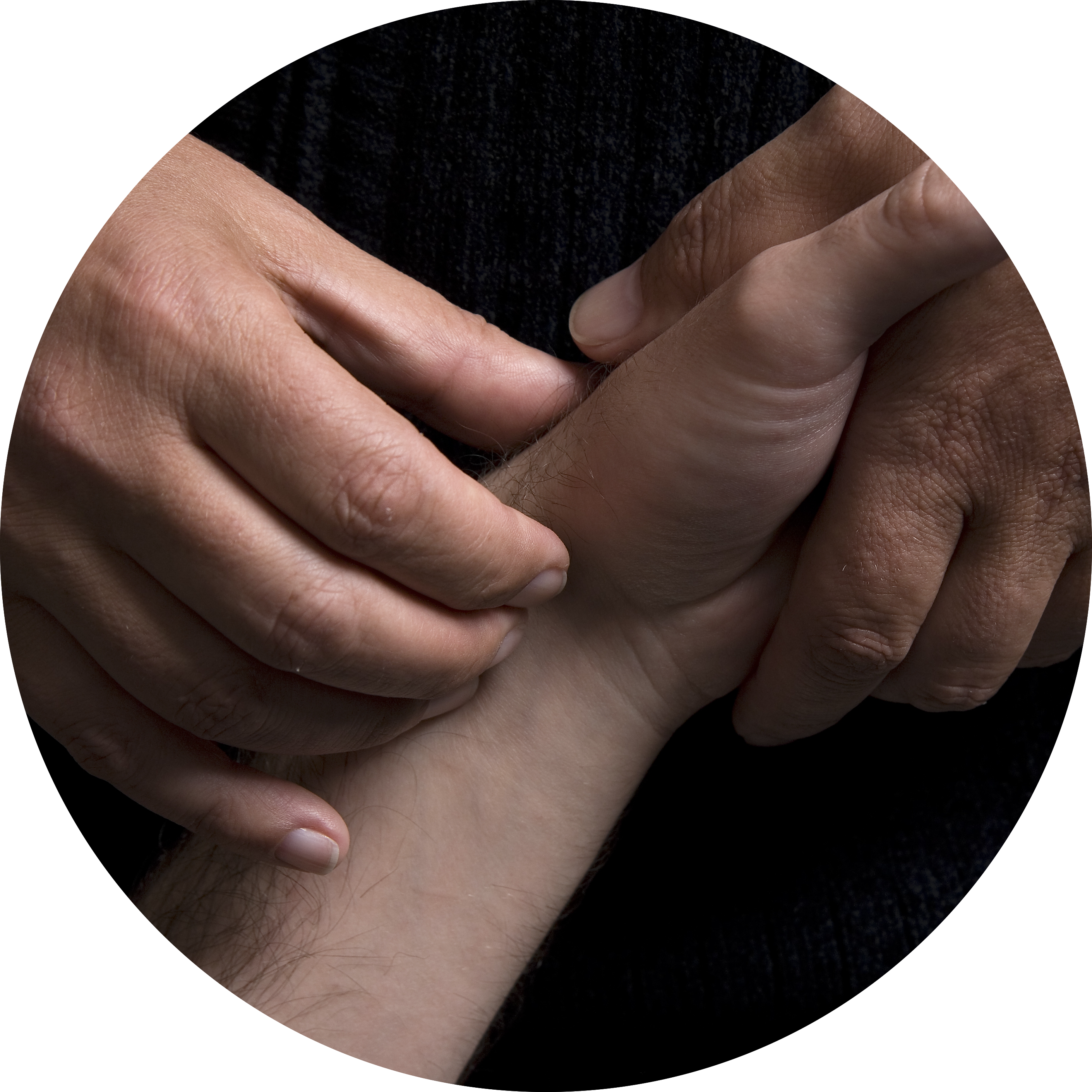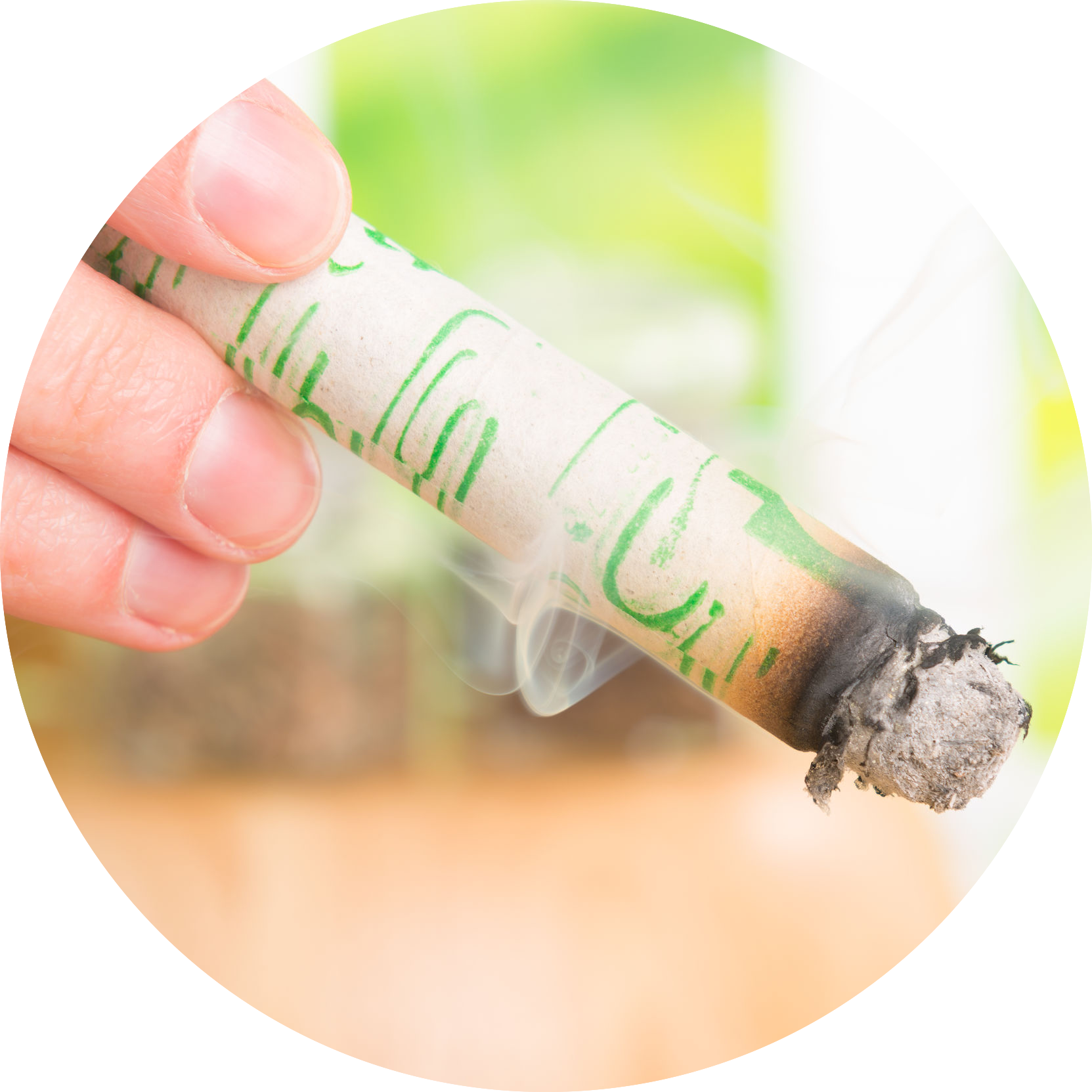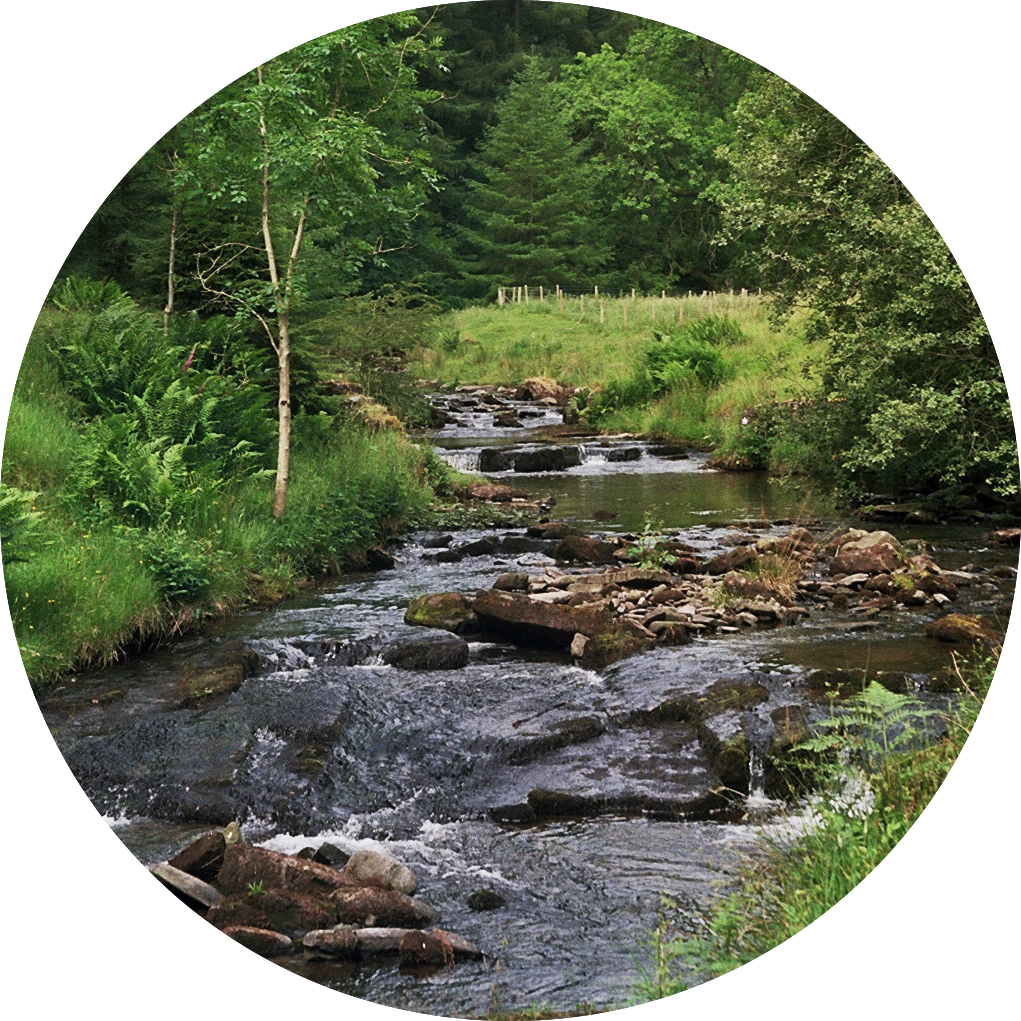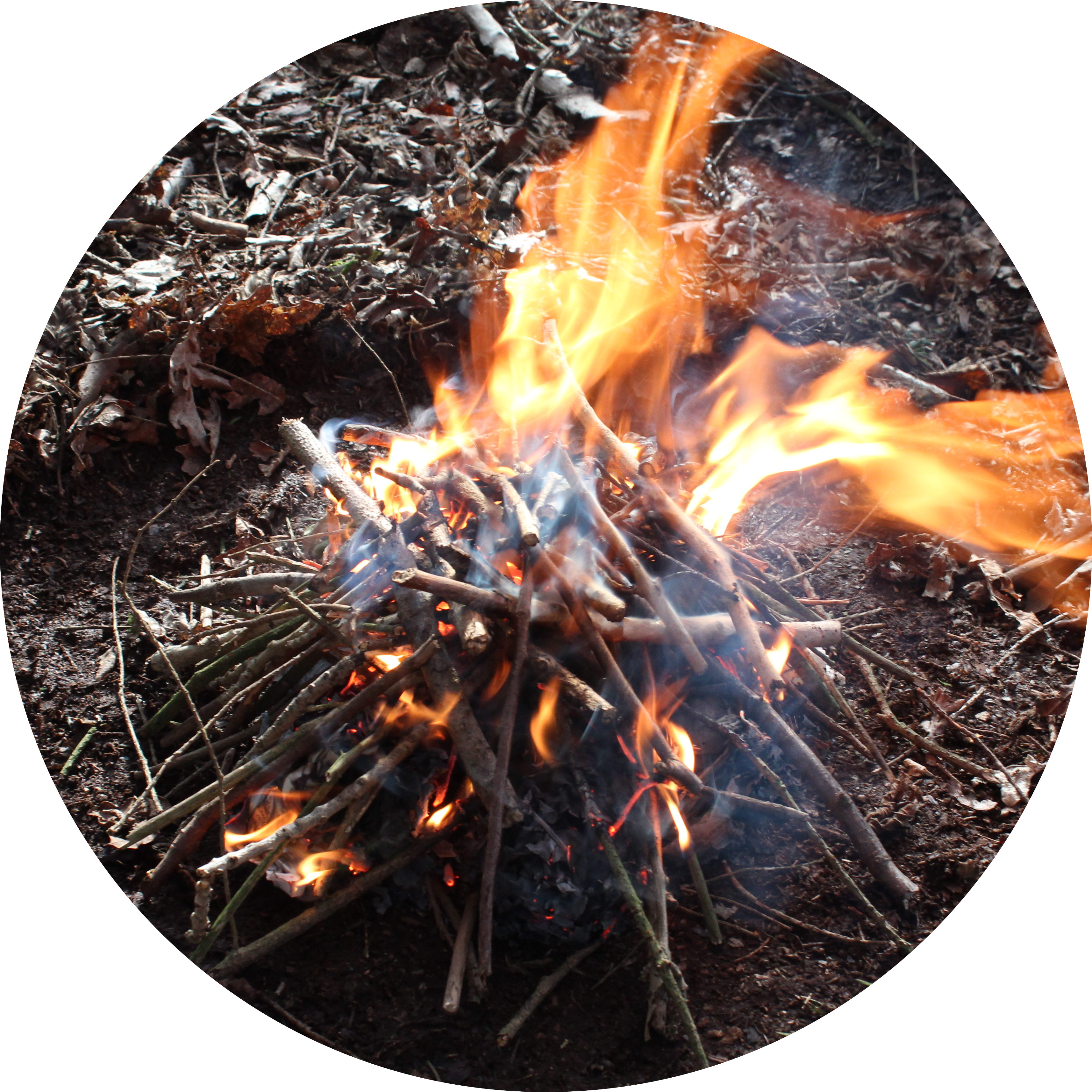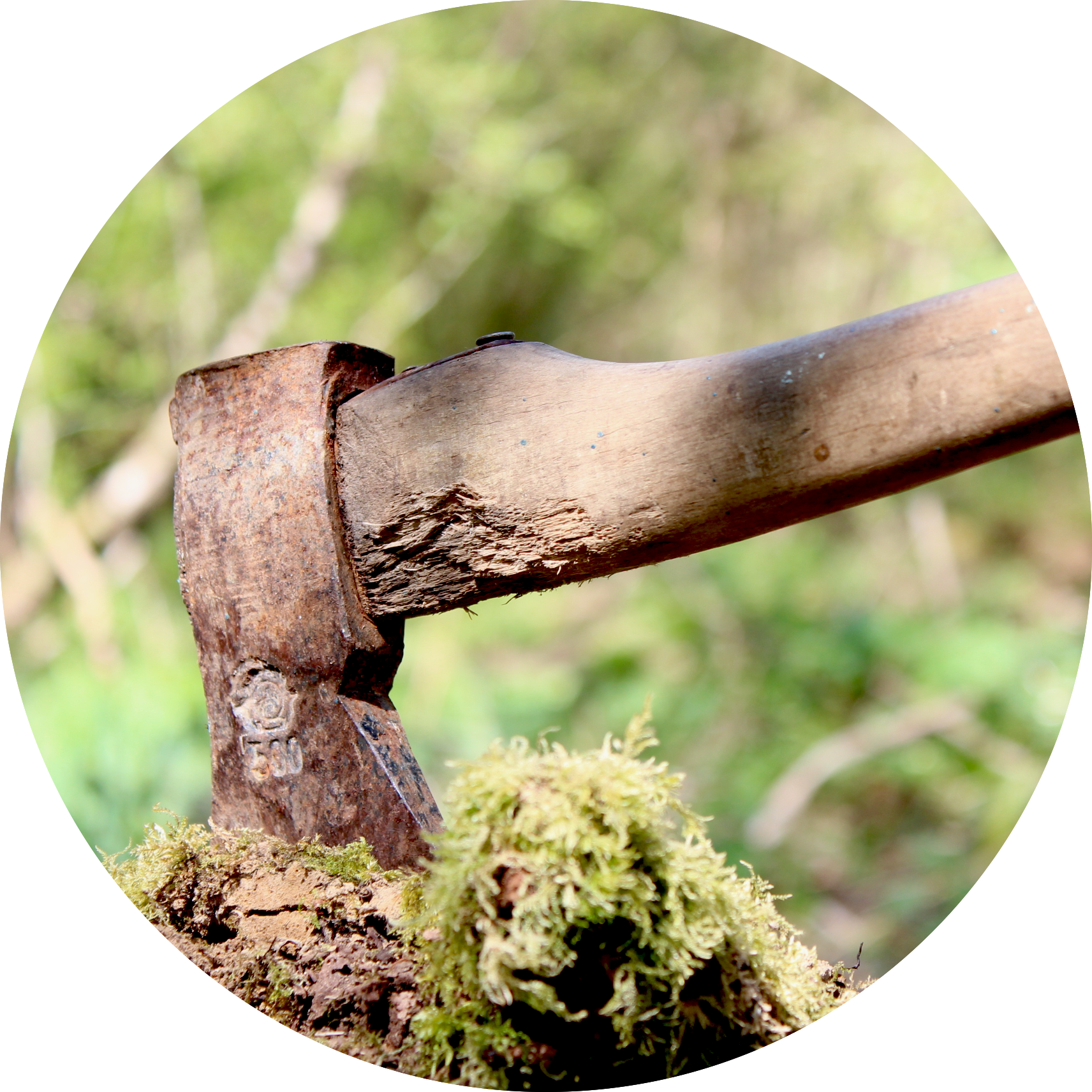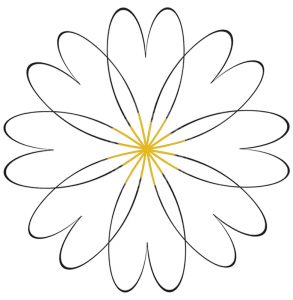Acupuncture
About Acupuncture
Acupuncture is one of the longest established forms of healthcare in the world. Acupuncturists are trained to use subtle diagnostic techniques that have been developed and refined for thousands of years. The focus is on you as an individual, not your illness, and all symptoms are seen in relation to each other. Treatment involves the insertion of very fine needles into specific points on the body to affect the flow of your body’s qi, or vital energy.
Traditional acupuncturists believe that the underlying principle of treatment is that illness and pain occur when the body's qi, or vital energy, cannot flow freely. There can be many reasons for this; emotional and physical stress, poor nutrition, infection or injury are among the most common. By inserting ultra-fine sterile needles into specific acupuncture points, a traditional acupuncturist seeks to re-establish the free flow of qi to restore balance and trigger the body's natural healing response.
A growing body of evidence-based clinical research is discovering how the body responds to acupuncture and its benefits for a wide range of common health conditions:
• Aches/pains and joints discomfort: Osteoarthritis of the knee, Back Ache, Tennis/Golfer elbow, TMJ
• Headaches and Migraine
• Hormonal Issues (relating to periods, fertility and menopause)
• Digestive Issues: IBS, acid reflux
• Respiratory conditions: colds, coughs, asthma, shortness of breath
• Immune System Support
• Circulatory disorders: cold extremities, palpitations
• Cancer Care: during cancer treatments and post care
• Anxiety, Depression,
• Insomnia
• Low energy, Well Being, Relaxation
and much more.
I use a combination of acupuncture/accupressure, moxibustion, massage, cupping, Gua Sha and facial rejuvenation acupuncture, lifestyle and dietary advice as required and Emotional support Inner Guidance.
Moxibustion
Moxibustion is a traditional Chinese medicine technique that involves the burning of mugwort, a small, spongy herb, to facilitate healing. Moxibustion has been used throughout Asia for thousands of years; in fact, the actual Chinese character for acupuncture, translated literally, means "acupuncture-moxibustion." The purpose of moxibustion, as with most forms of traditional Chinese medicine, is to strengthen the blood, stimulate the flow of qi, and maintain general health.
Moxibustion is used for a range of conditions, including:
- gastrointestinal issues, such as diarrhoea, colitis, irritable bowel syndrome, and constipation
- menstrual cramps
- pain, including pain from arthritis, joint or muscle pain, and chronic pain
- cancer-related nausea
- urinary incontinence
- asthma symptoms
- fatigue
- cold and flu prevention, strengthening the immune system
- breech presentation
